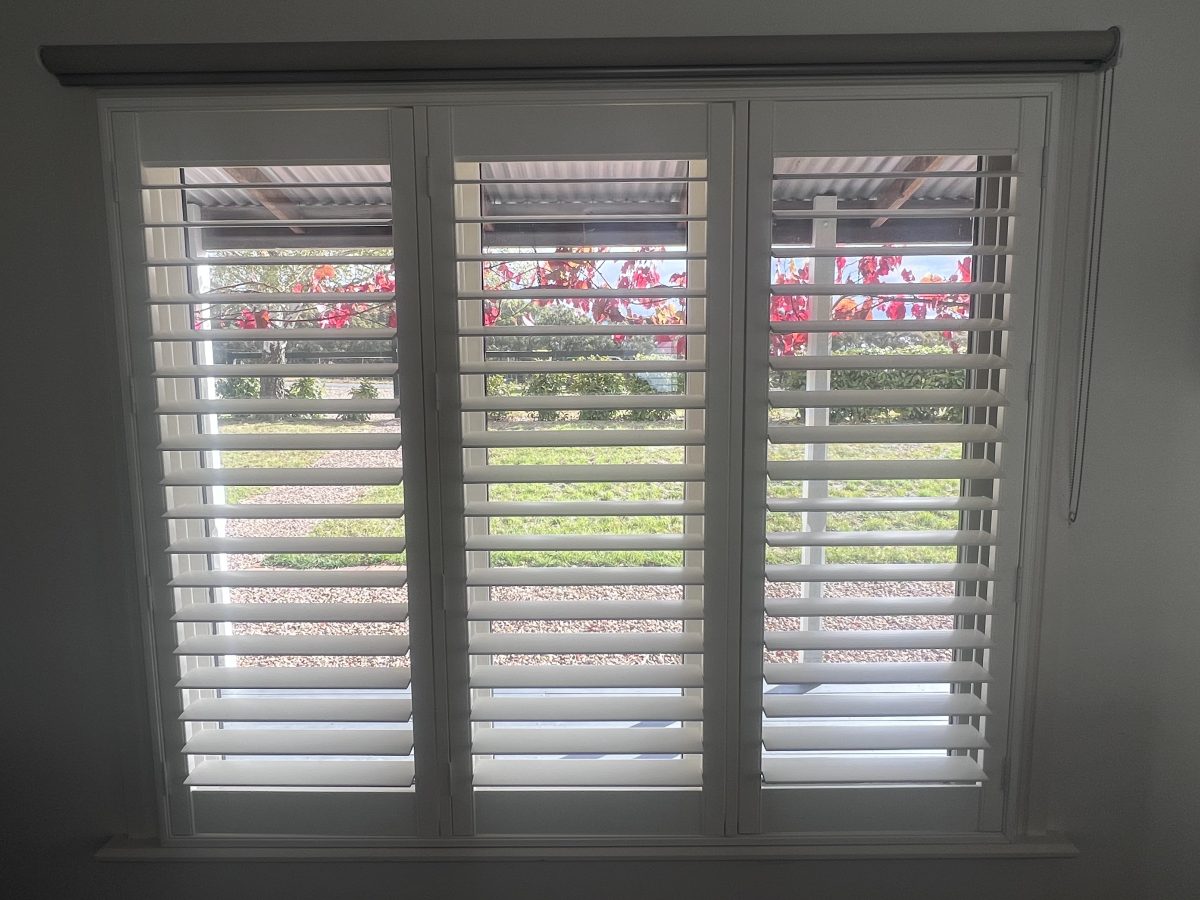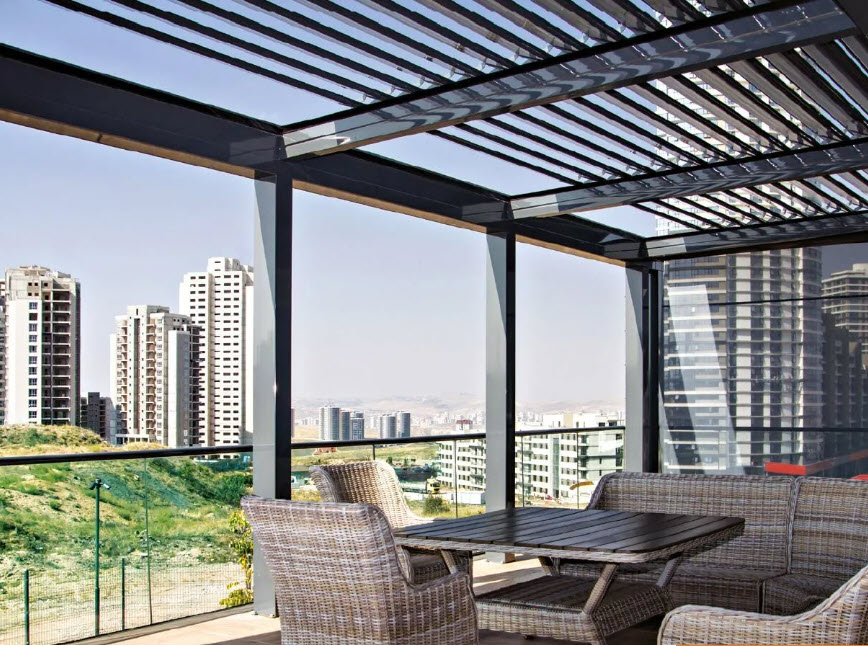Using timber plantation shutters can be a great choice depending on your preferences and the style you want to achieve in your space. Here are some considerations to help you decide:
- Aesthetic Appeal: Timber shutters often provide a warm, natural look that can complement various interior designs, from traditional to contemporary. They add a touch of elegance and can enhance the overall appearance of your windows.
- Durability: Quality timber shutters are durable and can withstand daily wear and tear well. They are also less prone to warping or fading compared to some other materials, especially if they are well-maintained.
- Insulation: Timber shutters can provide effective insulation, helping to keep your home cooler in summer and warmer in winter. This can potentially lead to energy savings over time.
- Customization: They are available in various stains and finishes, allowing you to match them to your existing décor or create a specific ambiance in the room.
- Maintenance: Timber shutters require regular maintenance, such as occasional dusting and cleaning with a mild detergent. They may also need refinishing or repainting over time to maintain their appearance.
- Cost: Timber shutters can be more expensive upfront compared to some other materials like PVC or faux wood. However, their longevity and aesthetic appeal often justify the initial investment.
Before making a decision, consider your budget, maintenance preferences, and the overall look you want to achieve. If you appreciate the natural beauty of wood and are willing to invest in a long-lasting window treatment that enhances your home’s aesthetic, timber plantation shutters could be an excellent choice for you.

